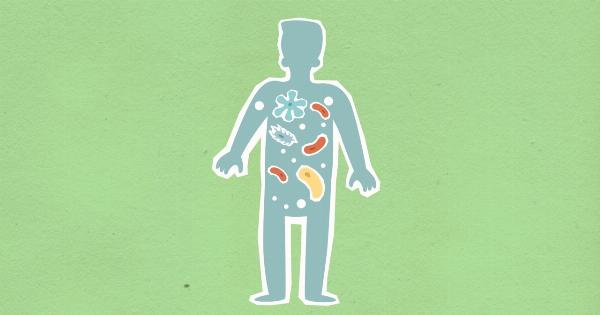Staphylococcus, also known as staph, is a type of bacteria that can cause infections in different parts of the body.
These infections can range from minor skin infections, such as pimples and boils, to more severe infections, such as pneumonia, sepsis, and endocarditis. Staph can be transmitted in different ways, depending on the type of infection and the underlying risk factors.
1. Direct contact with infected person or carrier
Staph can be transmitted from person to person through direct contact with an infected person or carrier. People who carry staph on their skin or in their nose without showing any symptoms can still spread the bacteria to others.
Touching an infected wound, sharing personal items such as towels, razors, and clothes, or engaging in sexual activities with an infected partner can all lead to staph transmission. Health care workers who do not follow proper infection control protocols can also pass staph from one patient to another.
2. Indirect contact with contaminated objects or surfaces
Staph can also be transmitted through indirect contact with contaminated objects or surfaces.
The bacteria can survive for a long time on hard surfaces, such as door handles, countertops, and medical equipment, and can be picked up by people who touch them. Once the bacteria enter the body through a cut or abrasion, they can cause an infection. Sharing equipment or tools that are not properly cleaned and disinfected can also spread staph.
3. Ingestion of contaminated food
Staph can sometimes cause food poisoning when people consume food that has been contaminated with staph toxins. This can happen when food is prepared or stored in unsanitary conditions, or when food handlers do not wash their hands properly.
Examples of foods that are commonly associated with staph food poisoning include meat, poultry, eggs, dairy products, and potato and pasta salads that are not refrigerated.
4. Inhaling contaminated droplets or aerosols
Staph bacteria can also be transmitted through the air when people cough, sneeze, or talk. This is more likely to occur in crowded places, such as hospitals and nursing homes, where infected people may generate droplets or aerosols that contain staph.
People who have weakened immune systems, such as cancer patients and HIV/AIDS patients, are more susceptible to respiratory infections caused by staph.
5. Unhygienic personal habits or lifestyles
People who have poor personal hygiene or engage in high-risk behaviors are more likely to acquire staph infections.
This includes people who do not wash their hands regularly, do not shower or bathe frequently, or wear dirty clothes for extended periods of time. People who have compromised immune systems due to chronic diseases, such as diabetes and kidney failure, or who use immunosuppressive medications, are also at higher risk of developing serious staph infections.
6. Health care-associated transmissions
In the health care setting, staph infections can be transmitted from patient to patient, from health care workers to patients, or from contaminated equipment or surfaces to patients.
Patients who have invasive devices, such as catheters and ventilators, are at higher risk of developing infections due to staph colonization or contamination. Health care workers who do not follow proper infection control procedures, such as hand hygiene, wearing gloves and gowns, and isolating patients with staph infections, can inadvertently spread staph to vulnerable patients.
Conclusion
In summary, staph can be transmitted through various routes, including direct and indirect contact, ingestion, inhalation, personal habits, and health care-associated settings.
Preventing staph infections requires a combination of measures, such as hand hygiene, proper cleaning and disinfection, vaccination, and appropriate use of antibiotics. Patients and healthcare workers must also be vigilant in recognizing and reporting any signs and symptoms of staph infections to prevent their spread.





























